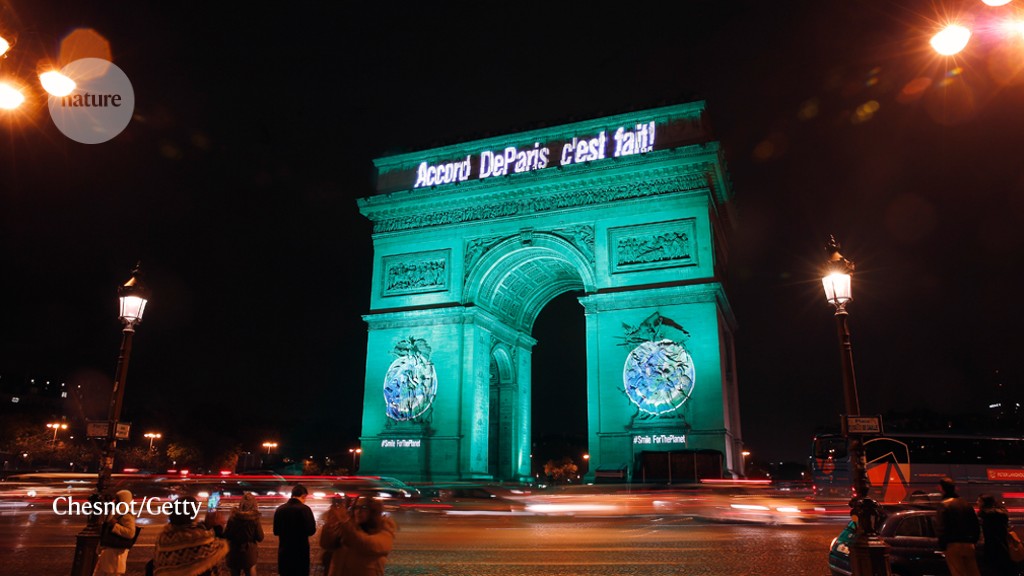US election result raises climate-deal hopes
The United States formally left the landmark Paris climate agreement on 4 November, three years after President Donald Trump indicated his desire to do so. But the election of Democratic candidate Joe Biden as US president in the tightly contested 2020 election has raised hopes that the United States will once again take leadership on climate-change mitigation.
The accord, struck in 2015, aims to limit global warming to “well below” 2 °C above pre-industrial temperatures. The US withdrawal was seen as a blow.
Biden, who was declared victor in the election by major media outlets on 7 November, has already indicated that his administration will rejoin the accord as soon as it takes office. The United States would again become a party to the deal 30 days after it notifies the United Nations climate-convention body. It would then need to submit a new emissions-reduction pledge for 2030; it had previously committed to reducing emissions by 26–28% below 2005 levels by 2025.
Analysts say that the nation will need to regain the international community’s trust. “The United States can’t simply jump back in and pretend it’s all back to 2015,” says Michael Oppenheimer, a climate-policy researcher at Princeton University in New Jersey.
COVID vaccine candidate prompts potent antibodies
A COVID-19 vaccine made of tiny artificial particles could be more powerful than other leading varieties at triggering a protective immune response.
David Veesler and Neil King at the University of Washington in Seattle and their colleagues designed microscopic ball-shaped particles that mimic the structure of a virus (A. C. Walls et al. Cell https://doi.org/fg6r; 2020). The researchers fused 60 copies of SARS-CoV-2’s spike protein — the part of the virus that allows it to infect human cells — to the outside of each of these ‘nanoparticles’.
When the team injected mice with the nanoparticle vaccine, the animals produced virus-blocking antibodies at levels comparable to or greater than those produced by people who had recovered from COVID-19. Mice that received the vaccine produced about ten times more of these antibodies than did rodents vaccinated with only the spike protein, on which many COVID-19 vaccine candidates rely.
The vaccine also seems to produce a strong response from special immune cells that help to mount a fast defence after infection with SARS-CoV-2.
How gravitational waves are opening up the Universe
Astronomers observed 39 cosmic events that released gravitational waves over 6 months in 2019 — more than one per week. The latest bounty, described in papers published on 28 October, shows how observatories that detect these ripples — usually created by the merging of two black holes — have dramatically increased their sensitivity.
The events were observed by the Laser Interferometer Gravitational-Wave Observatory (LIGO) — twin detectors based in Hanford, Washington, and Livingston, Louisiana — and its European counterpart Virgo, near Pisa, Italy. In all, the observation network has observed 50 gravitational-wave events (see ‘Cosmic clashes’). Most are mergers of two black holes.
LIGO–Virgo researchers can now estimate the rate at which such mergers happen in an average galaxy. That rate seems to have peaked around eight billion years ago, says Maya Fishbach, a LIGO researcher at Northwestern University in Evanston, Illinois.




